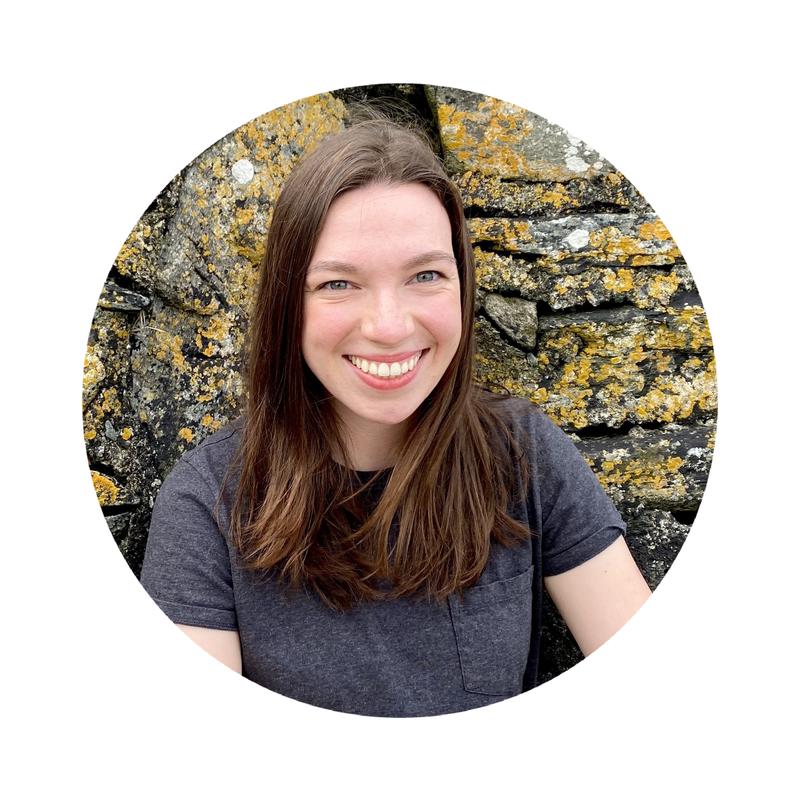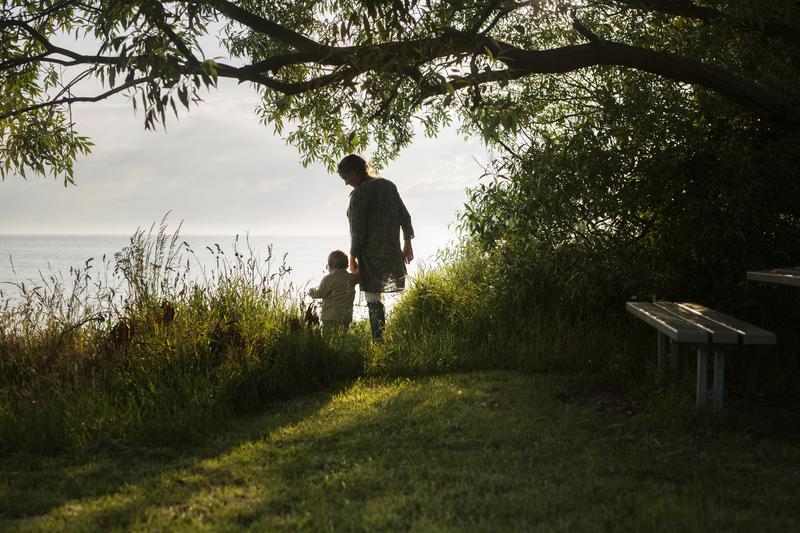by Claire Jussel
April 18, 2023
Claire Jussel is a poet, writer, and artist from Boise, Idaho. Her work has appeared in or is forthcoming in West Trade Review, Wizards in Space, Split Rock Review, Black Fox Literary Magazine, and SEISMA Magazine. She currently resides in Ames, Iowa, where she is pursuing her MFA in Creative Writing & Environment at Iowa State University.
the heiress / ghost acres by Lightsey Darst; Coffee House Press; 112 pgs.; $17.95
In her newest poetry collection , the heiress / ghost acres, Lightsey Darst entangles the past, present and future, troubling the histories that she arose from, the complicated domestic and societal concerns of our current moment, and what it means to mother children into this world. The poems in this collection entwine reckoning and meditation, grappling with an often neglected past. In the first few pages, the speaker invokes the question “When will a center arise from these pieces?” inviting understanding to emerge from the swirl of history, culture, and motherhood across time.
The book falls into two sections, echoed in the coupled title. In “the heiress, ” Darst attempts to make sense of what her ancestors have handed down to her, and reaches back to find connection to her female ancestors (who often were left unnamed in census records and family trees) through the figure named “Rebecca.” In “ghost acres,” Darst engages with the world planted by her predecessors in a series of sonnets that meditate on the passage of time, motherhood, and societal worries, continually circling back to converse with the question that emerges in the first half of the book: how do we live in the complicated world that we live in and our pasts have helped construct?
The relationship between each section might be best captured by the opening poem of the “ghost acres." “Places recall each other[…]I’ve lived long enough to know how a moment calling out to a moment though twenty years burn / between entwined atoms.” Each section behaves differently, taking on different forms and approaches, but pose similar questions. While they are not complete mirrors or inversions of each other, themes and images slip between and overlap, continuing to unravel and rebraid meaning making. This slippage is felt most viscerally towards the end of the book in the poem “Easter” when Darst’s language rushes back towards naming trees and ancestors in the same fashion as “the heiress,” then moves into cosmic imagery found throughout the collection.
"Yesterday the maple released its infants by the thousands.
(Rebecca, I’m weeding your garden.)
They fill my sky with flickering blue
velvet that becomes the cold depth of space."
The collection is bisected by a striking double portrait, images of Darst and one of her ancestors gazing through each other. In this haunting visual, the past and present are pinched together. Throughout the collection, Darst emphasizes the ways in which history is a continuum. Considerations of the past and current events and injustices are grappled with a similar sense of urgency. The domestic and societal spaces are similarly collapsed and held in consideration together. Immigration, racial injustice, the vitriol of certain political figures, and the COVID pandemic all surface through the collection. Darst’s collection insists on holding these complexities together, bringing together the past and present, personal and cultural, into a shared space that allows for nuance and contradictions. In the poem “Winter Solstice,” Darst writes, “Don’t talk to me about the revolution, I have children,” despite talking about protest and social movements alongside parenting in neighboring poems. This line emphasizes the strain of living in (let alone raising children in) such a complicated moment. In this contradictory, candidly exasperated moment, Darst also quietly points towards the difficulty and complications of living and mothering across all times; how for good or ill, the mothers’ attentions in this collection diverted between trying to make sense of the world around them and focusing on raising their children into their vision of a better one.
The speaker’s conversation with her ancestors in the first half of the collection exemplifies this complication and nuance. Darst approaches this woman with curiosity and compassion, seeking connection and understanding with her predecessors. She names her yearning for this connection explicitly, writing how she chooses “at every crossing the nameless branch / I find my way back to you” and how she wants “her – more than wind / more than stars in winter…”
But this yearning for connection and understanding from the past does not gloss over nor absolve the pain that emerged from her white American ancestors. Darst reckons with the violence of the past and its ongoing impact, stating, “If you don’t want a white nation you’re not what they worked for. / But standing with your white children on your land, you are what they killed for.” Again and again, Darst spears the imagined distance between the past and present. In a poem that begins by directly criticizing Mitch McConnell for misunderstanding how history works, the speaker declares “I’m wearing her jewelry / which is how I know someone alive who profited from slavery.”
Darst navigates these moments with both attentive care and visceral rawness. Her language is at times both blunt and lyrical. The mechanics of time across this collection unravel the old adage that time heals all wounds, and instead holds them. Darst’s keen observations and knife sharp honesty unfold into wonder and exasperation. Her language moves from the direct and blunt into the surreal and lyrical. Some of the most earnest and candid expressions in each mode arise in reflections on mothering.
In one poem, she directly writes, “I see my son try to be human and it’s so hard.” While in a different series about nursing her infant daughter, she slips into a more lyrical mode, writing “Let the world pass through me and sweeten into her, / a silk handkerchief through the eye of a needle, / the whole sea / through a crow’s bone.”
Through expressions of selfhood and motherhood, Darst not only engages with the near history of her ancestral line, but extends towards more ancient archetypal and primordial modes that connect her experience as mother and person beyond the mundane. In reflecting on her role as a mother, she writes towards the tradition she finds herself in: “I’m turning the sheets as in the old days, sewing / two halves of the moon along a new middle, making.” In exploring an expression of the self in proximity to history and lineage, she finds herself “loosed / a map of the cosmos and there was I. Pink dust. Pink / meaning hot, a beginning; background / radiation, sign of a one-time explosion.”
Themes of mothering and daughtering are the pulse of the collection. At times, they meld together, echoing the way that time behaves across the book. Darst writes of her foremothers within her in the same way that her yet-to-be-born daughter is within her, “among [her] rib bones.” This sequence emphasizes the slipperiness of time and interconnectedness of the family across time, cementing the idea that the deceased and living, past and present, are all very much alive and active in the present moment:
"I know you, who are you
walking among my rib bones
breaking my bone dust
dust of thunderhead dead,
in name only."
©2023 West Trade Review
__________________________________________________________________________________________________________________________________________________________________________
__________________________________________________________________________________________________________________________________________________________________________
__________________________________________________________________________________________________________________________________________________________________________
__________________________________________________________________________________________________________________________________________________________________________
__________________________________________________________________________________________________________________________________________________________________________
Who Are You Walking Among My Rib Bones?”: The Interconnectedness of Time and Family in Lighsey Darst’s the heiress / ghost acres
POETRY REVIEW
Image by AstrakanImagages from Envato Elements
Stay Connected to Our Literary Community. Subscribe to Our Newsletter




